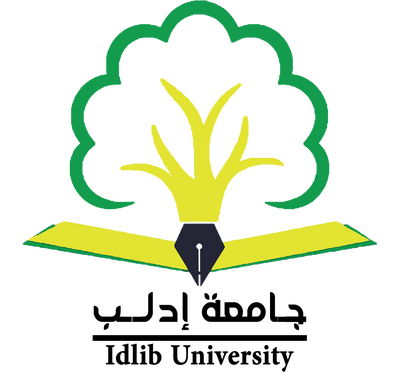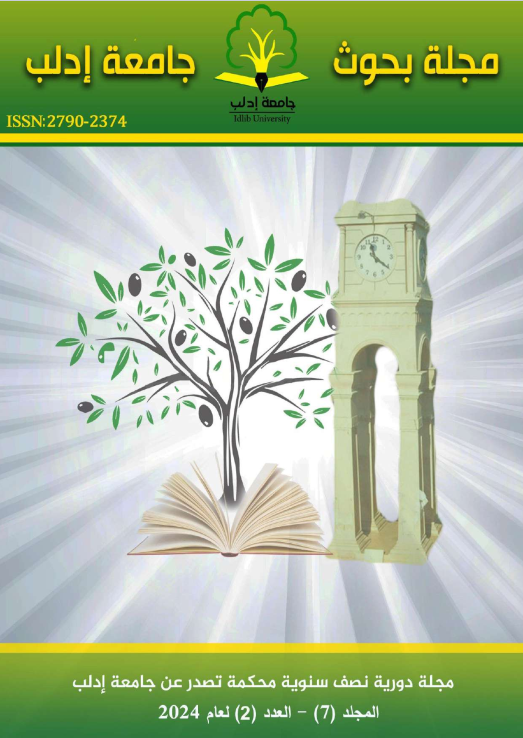The Impact of Agricultural Policies on Irrigated Wheat Cultivation Using the Agricultural Policy Analysis Matrix in Northwest Syria
Keywords:
Irrigated Wheat, Costs, Private Prices, Social Prices, Policy Analysis MatrixAbstract
The average area of land cultivated with irrigated wheat in Northwest Syria is 8000 hectares, producing 5 tons per hectare, resulting in an annual production of 40,000 tons of irrigated wheat. This production only meets 17% of the region's wheat flour needs. The study problem is to understand the impact of agricultural policies on the crop by analyzing them using the Agricultural Policy Analysis Matrix and calculating its indicators to deal with price fluctuations due to recurring economic crises and exchange rate changes.
The main objective of the study was to determine the impact of current practices on irrigated wheat crops in Northwest Syria by analyzing the costs and revenues of irrigated wheat production in the studied area using private and economic prices, and providing the necessary policies for irrigated wheat crops after calculating the Agricultural Policy Analysis Matrix indicators. The study concluded with the following key results:
The total profit amount for irrigated wheat at private prices was 295.72 US dollars, while its total cost at private prices was 404.05 US dollars, resulting in a negative net profit of 108.33 US dollars. At social prices, the total profit amount was 265.20 US dollars, and the total costs at social prices were 396.07 US dollars, resulting in a negative net profit of 130.87 US dollars. By subtracting social prices from private prices, the impact of the followed policies was revealed, with a total profit amount of 30.53 US dollars and total costs of 7.98 US dollars, resulting in a net profit of 22.54 US dollars. The indicators of the irrigated wheat matrix were also calculated, with financial profitability of -108.33 US dollars and social profitability of -130.88 US dollars, and a nominal protection coefficient of 1.11$.

